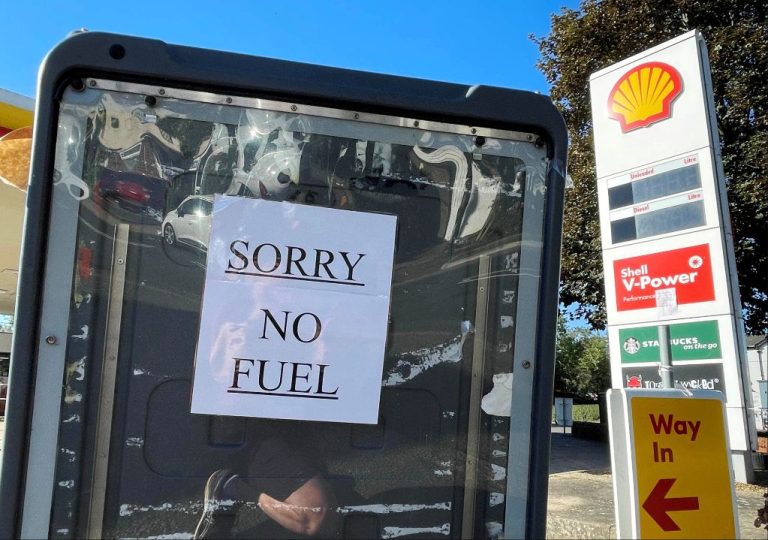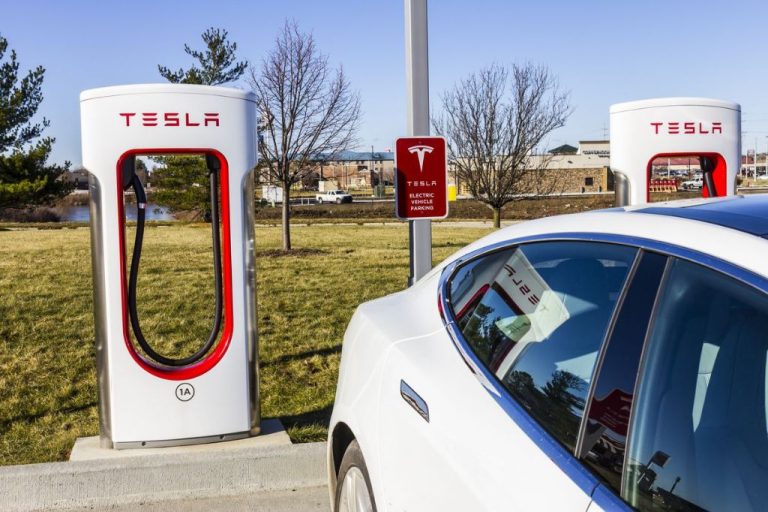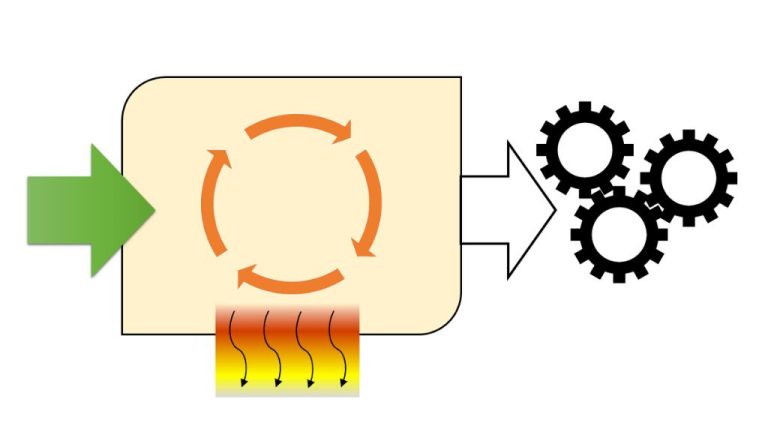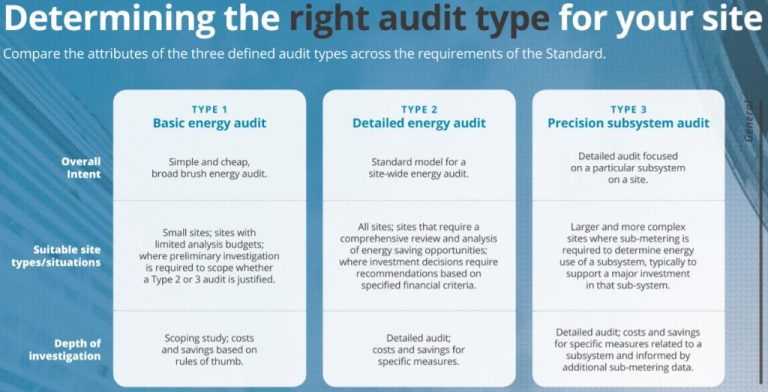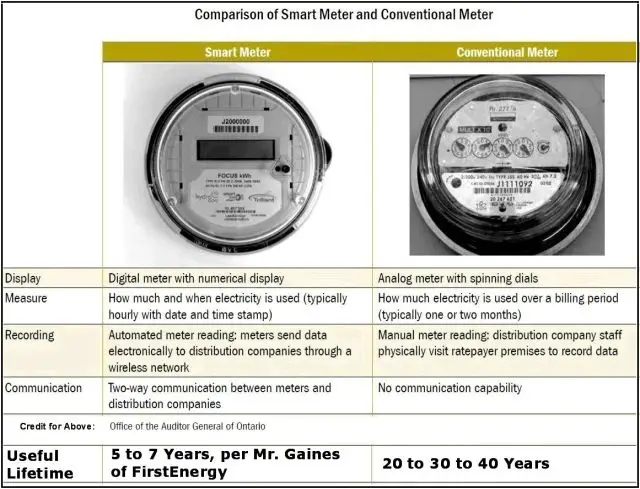What Is Stored Energy In The Workplace?
Stored energy refers to any energy resource or medium that is captured and made available to be used at a later time. Instead of using energy immediately as it is generated, storing energy allows it to be used when needed most, or when the most efficient or cost-effective application occurs. Stored energy is an essential part of powering many devices and processes in the modern workplace.
Storing energy allows workplaces to optimize power usage by buffering energy supply with energy demand. Excess energy generated during low demand periods can be stored and used during high demand periods. Stored energy also enables operations to continue uninterrupted when primary energy generation is unavailable. In addition, stored energy provides flexibility to utilize different energy sources based on availability and cost. The ability to store energy facilitates more resilient and reliable energy infrastructure for the workplace.
Types of Stored Energy
There are several main types of stored energy commonly used in workplaces:
Potential Energy
Potential energy is energy that is stored in an object due to its position or structure. For example, water held behind a dam has potential energy that can be captured when released to spin hydroelectric turbines. Similarly, a compressed spring has potential energy that can do work when released.
Kinetic Energy
Kinetic energy is the energy of motion. Flywheels are a good example of storing kinetic energy by spinning a mass. The rotational kinetic energy can be tapped and converted into electricity.
Chemical Energy
Chemical energy is energy stored in the bonds between atoms and molecules. Batteries and fuels like gasoline, natural gas, and hydrogen store chemical energy that is released in chemical reactions. The released energy can be harnessed to do work.
Electrical Energy
Electrical energy is energy stored in electric fields or magnetic fields. Capacitors and superconducting coils can store electrical energy that can be discharged and used when needed.
Thermal Energy
Thermal energy, or heat, can be stored in materials and liquids. Molten salt tanks, water tanks, and bricks are used to store thermal energy that can be used for heating or converted to mechanical energy.
Batteries
Batteries store energy in the form of chemical energy and convert it into electrical energy through electrochemical reactions. They consist of one or more electrochemical cells, each containing a positive electrode (cathode), a negative electrode (anode), and an electrolyte that allows ions to move between the electrodes.
During discharge, reduction-oxidation (redox) reactions occur, generating electrons that flow through an external circuit to do electrical work. The anode undergoes oxidation, releasing electrons, while the cathode undergoes reduction by accepting electrons. This generates a flow of electric current from the anode to the cathode through the external circuit.
Some common battery types used in the workplace include:
- Lead-acid batteries – Used in emergency lighting, forklifts, uninterruptible power supplies.
- Lithium-ion batteries – Used in mobile devices, power tools, electric vehicles.
- Nickel-cadmium batteries – Used in two-way radios, emergency medical equipment.
- Alkaline batteries – Used in flashlights, wireless keyboards and mice, clocks.
Batteries provide portable, on-demand power for many devices and equipment used in offices, warehouses, construction sites, and other workplaces. Their chemical energy storage allows important tasks to continue uninterrupted when wall power is unavailable.
Fuels
Fuels like gasoline, diesel, and natural gas contain stored chemical energy that can be released through combustion. In the workplace, fuels are commonly used to power generators, furnaces, boilers, vehicles, heavy machinery, and other equipment. The potential chemical energy stored in the molecular bonds of the fuel is converted into heat, kinetic, electrical, or other forms of energy through oxidation.
Gasoline and diesel are liquid fuels frequently used to power vehicles, generators, and some equipment. Natural gas is used to generate electricity, heat buildings via boilers and furnaces, fuel stoves/ovens, and power some industrial processes. Propane can also be used similarly to natural gas. The convenience of storing and transporting liquid fuels like gasoline and diesel makes them useful for powering mobile applications like cars, trucks, buses, trains, ships, and airplanes.
Fuels are an essential stored energy source for many workplace applications, providing the power to operate facilities, equipment, and vehicles. Proper handling, storage, and utilization is critical to harness their energy safely and efficiently.
Flywheels
Flywheels are mechanical devices that harness rotational energy to store kinetic energy. They consist of a rotor that spins at very high speeds inside an enclosure. The rotor contains most of the mass of the flywheel concentrated at the rim, maximizing rotational inertia. When the flywheel is spun up, energy is stored in the system as rotational energy. This stored kinetic energy can then be drawn upon when needed.
In industrial machinery, flywheels are often used to stabilize power output and store energy for short durations. For example, they can help smooth out the power delivery from a piston engine. The flywheel stores energy when power demand is low and releases it when demand spikes. This evens out the otherwise fluctuating torque. Flywheels can also protect electrical grids from power fluctuations and provide backup power for short periods.
The amount of energy a flywheel can store depends on its moment of inertia and its rotational speed. The moment of inertia is a function of the mass, shape, and size of the flywheel. The faster it spins, the more energy can be stored. High strength composite materials like carbon fiber allow modern flywheels to spin at up to 60,000 rpm without breaking apart.
Flywheels are a clean and reusable way to store energy mechanically. Their simplicity and reliability make them well suited for industrial applications that require brief bursts of high power output.
Compressed Air
Compressed air tanks are another way that potential energy can be stored for use in the workplace. Air compressors use electricity to pump air into a storage tank at high pressures of up to 150 pounds per square inch (PSI). The compressed air is held in the tank, containing the potential energy. As the compressed air is released from the tank, it expands and flows through pipes. The kinetic energy of the moving air is then harnessed to power pneumatic tools.
Pneumatic tools are handheld power tools that utilize the kinetic energy of the compressed air to perform work. This includes air-powered drills, nail guns, sanders, spray guns, and other tools commonly used by construction crews, auto mechanics, manufacturing facilities, and more. The pressurized air enables convenient, lightweight, and mobile operation of high-powered tools.
Compressed air systems offer several advantages over electric tools. There is no risk of sparks, eliminating explosion hazards in environments with flammable materials. Pneumatic tools can operate underwater and in wet conditions where electric tools cannot. Compressed air tools also benefit from lower noise levels compared to electric motors. The stored potential energy in compressed air tanks provides a versatile source of power for pneumatic equipment.
Elevated Water
Water towers and dams are examples of how gravitational potential energy can be stored and utilized in the workplace. When water is pumped uphill into an elevated reservoir, it gains gravitational potential energy. This stored energy can then be harnessed to generate hydroelectric power as the water is released to flow downhill through turbines. Dams are essentially large reservoirs that collect water behind a barrier, storing energy that can be converted into electricity on demand when water is released through the dam.
Storing energy in the form of elevated water has several useful applications in the workplace:
- Maintaining water pressure – Water towers provide pressure to water distribution systems, ensuring reliable water flow in factories, offices, and other facilities.
- Emergency water reserves – Elevated reservoirs store water for emergency use in case of low pressure events or power outages.
- Energy load management – Releasing water from dams at strategic times allows hydropower to be dispatched on demand, helping match supply with energy loads.
- Renewable energy source – Converting gravitational potential energy into electricity is a renewable, emissions-free process.
Overall, harnessing the storage capacity of elevated water offers a versatile way for many workplaces to ensure water access, manage power demands, and utilize clean energy.
Thermal Storage
Thermal storage allows facilities to store excess heat or cold and use it at a later time. This is a common way that energy is stored in workplaces. Two major examples of thermal storage are water heaters and HVAC (heating, ventilation, and air conditioning) systems.
Water heaters store hot water in insulated tanks so it’s readily available when needed. The water is heated by electricity or gas during off-peak hours when energy demand is lower. Storing hot water allows it to be available throughout the day without having to constantly heat it on demand, which reduces energy use.
HVAC systems often have thermal storage capabilities too. Coolant or ice may be produced at night to provide air conditioning during the daytime when electricity rates are highest. Excess heat from sources like solar panels or manufacturing processes can also be captured and stored in tanks to heat spaces when needed.
Using thermal storage allows workplaces to optimize their energy use and reduce costs. By producing and storing heating or cooling when convenient, less energy is wasted. The stored thermal energy also reduces the need to produce as much energy during peak demand times.
Importance of Storage
Stored energy provides important benefits in the workplace such as availability, reliability and efficiency. Having on-site energy storage means that power is available even if the electricity grid goes down. This prevents disruptions and allows operations to continue uninterrupted. Additionally, stored energy can supplement grid power during periods of high demand, reducing strain on the electricity infrastructure.
Energy storage also provides a reliable backup power supply during outages. Critical systems and equipment can be kept running, avoiding costly downtime and business interruptions. The reliable power enables continuity of service and productivity.
Stored energy improves efficiency by allowing organizations to buy electricity when rates are low and utilize it later during periods of high rates. Shifting energy consumption aligns usage with availability and reduces overall costs. Stored energy also enables better utilization of on-site renewable power generation. Excess solar or wind energy can be captured and used later when renewable production is lower.
Conclusion
In summary, stored energy comes in many forms that are utilized in workplaces for powering operations and equipment. Batteries, fuels, flywheels, compressed air, elevated water, and thermal storage all provide means to store energy for later use. Properly implementing these technologies allows organizations to operate more efficiently, reliably, and sustainably. Workers should be educated on utilizing stored energy systems safely and effectively. With proper management, stored energy can reduce costs, minimize downtime, integrate renewable energy, and strengthen resilience. Companies are wise to assess their operations and invest in the right stored energy solutions for their needs. The workplace of the future will rely more heavily on stored energy, underscoring the importance of understanding it today.

